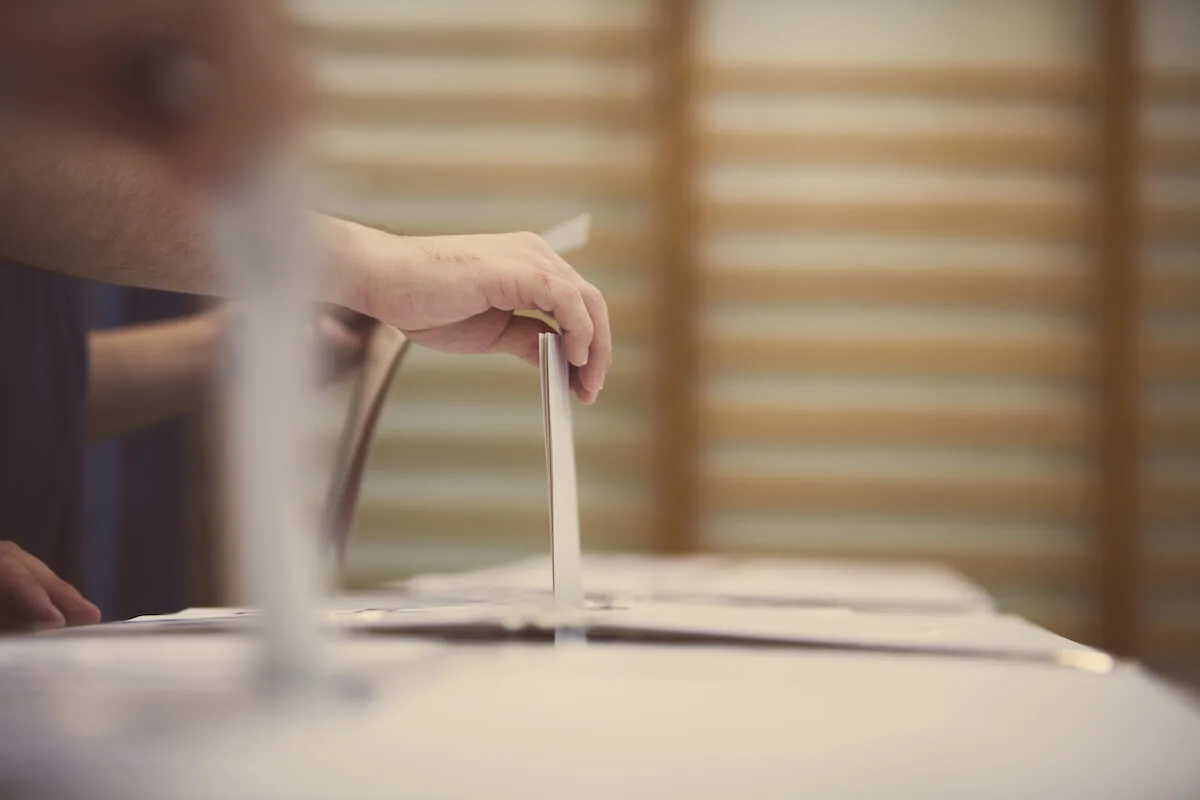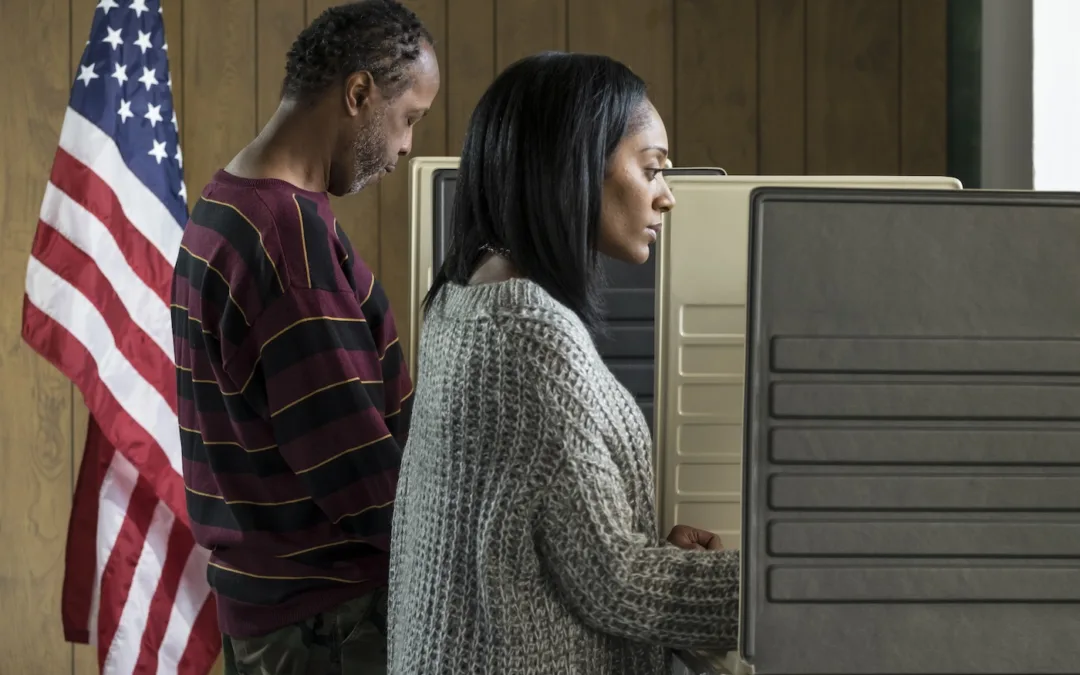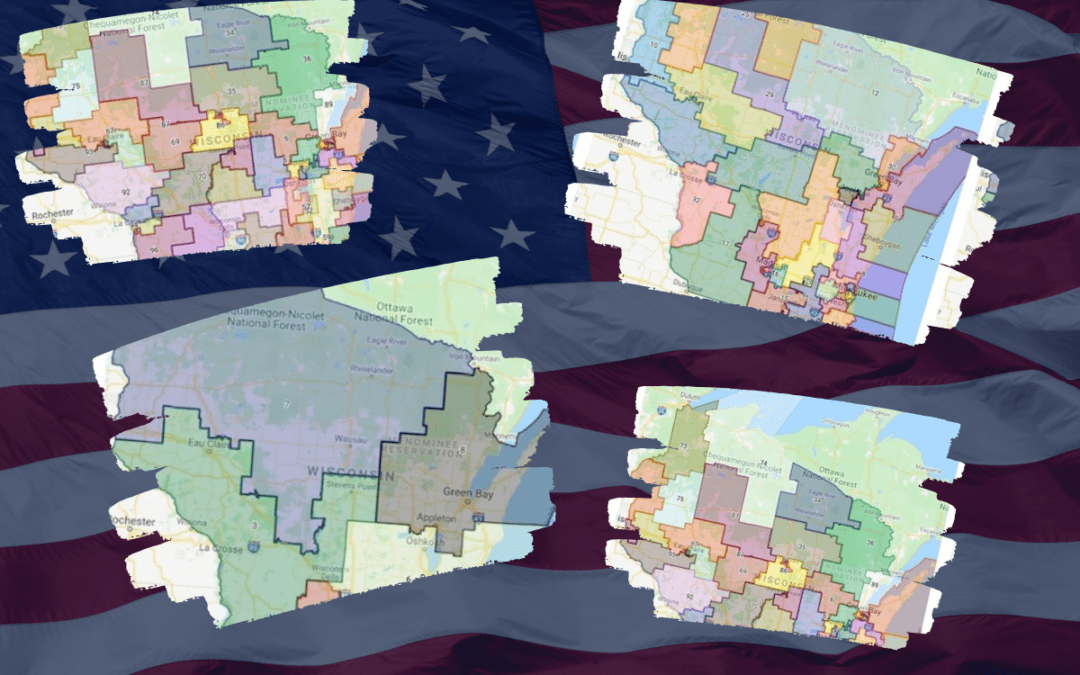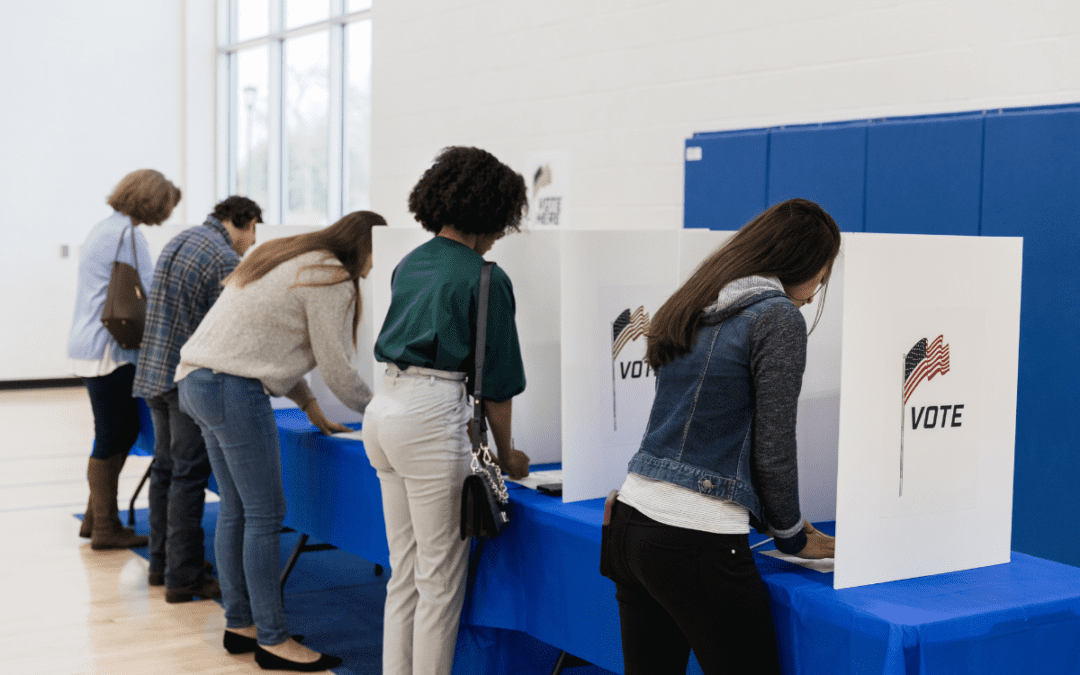
#image_title
#image_title
The no-fuss guide to casting a ballot.
Maybe you just turned 18 or maybe you just decided you want to see if it’s all it’s cracked up to be. Either way, here’s how to get in and out knowing you’ve done your civic duty.
MyVote Wisconsin is going to be an invaluable resource for any new (or experienced) voter; it’ll tell you where to go, what to bring and what’s on your ballot.
If you select the tab that says, “What’s On My Ballot,” and enter your current residential address you’ll see a replica of your Nov. 3 ballot. This allows you to research any down-ballot candidates or referendums you might not be familiar with before heading to the polls.
You can also find where you’ll be voting by clicking on the ‘Find My Polling Place’ and entering your home address. If you want to try voting early, in-person absentee voting times, dates, and locations are set by municipal clerks. The Wisconsin Elections Commission has a current list of municipal clerks or you can search for your local clerk on MyVote Wisconsin.
Wisconsin residents can also register on MyVote, however the deadline to do so online for the Nov. 3 election was Oct. 14. If you missed the registration deadline, no need to panic: Wisconsin allows people to register on Election Day. You’ll also need a photo ID to receive your ballot.
For those who have a current driver’s license or state ID they’re good to go; those count as both proof of residency and as photo ID. Those who don’t must provide a proof of residence which gives the individual’s name and present address.
Some acceptable forms of proof of residence include:
- Any identification issued by a local, state or federal agency;
- Identification from a business which includes a photo of the holder;
- Real estate tax bill or receipt;
- College, university or technical school ID;
- Utility bill issued less than 90 days before Election Day;
- Bank or credit card statement;
- Paycheck or paystub;
- Residential lease or an intake document for a residential care facility.
Wisconsin law states that someone must live at their current residence at least 28 days before they are eligible to vote.
Finally, you need to provide a photo ID. If you don’t have a driver’s license or state ID, here are some other forms of identification that will be accepted:
Acceptable identification that must be current:
- Veteran’s identification card issued by the Veteran’s Health Administration;
- Driving receipt or identification card receipt issued by Wisconsin DOT less than 45 days prior to Election Day;
- Temporary identification card receipt issued by Wisconsin DOT through the Identification Petition Process less than 60 days prior to Election Day or;
- Certification of naturalization issued less than two years prior to Election Day.
Acceptable identification whether current or expired after the last General Election on Nov. 6, 2018:
- Military Id issued by a U.S. uniformed service;
- U.S. passport;
- Identification card issued by a federally recognized Indian tribe in Wisconsin;
- Photo identification card issued by a Wisconsin accredited university or college that contains date of issuance, signature of student, and an expiration date no later than two years after date of issuance. If the university or college ID is expired, the student ID must be accompanied by a separate document that proves current enrollment.
For more details on voter identification, go to bringit.wi.gov. And now the most important part: getting an “I Voted” sticker and posting on social media.
Politics

What’s the difference between Eric Hovde and Sen. Tammy Baldwin on the issues?
The Democratic incumbent will point to specific accomplishments while the Republican challenger will outline general concerns he would address....

Who Is Tammy Baldwin?
Getting to know the contenders for this November’s US Senate election. [Editor’s Note: Part of a series that profiles the candidates and issues in...
Local News

Stop and smell these native Wisconsin flowers this Earth Day
Spring has sprung — and here in Wisconsin, the signs are everywhere! From warmer weather and longer days to birds returning to your backyard trees....

Your guide to the 2024 Blue Ox Music Festival in Eau Claire
Eau Claire and art go hand in hand. The city is home to a multitude of sculptures, murals, and music events — including several annual showcases,...




